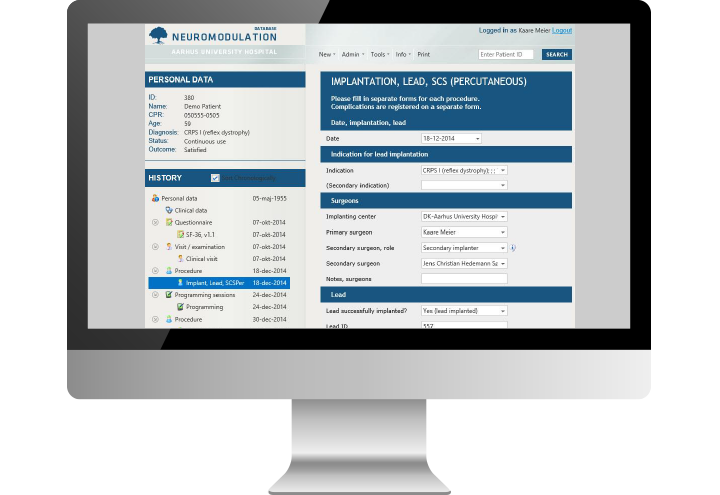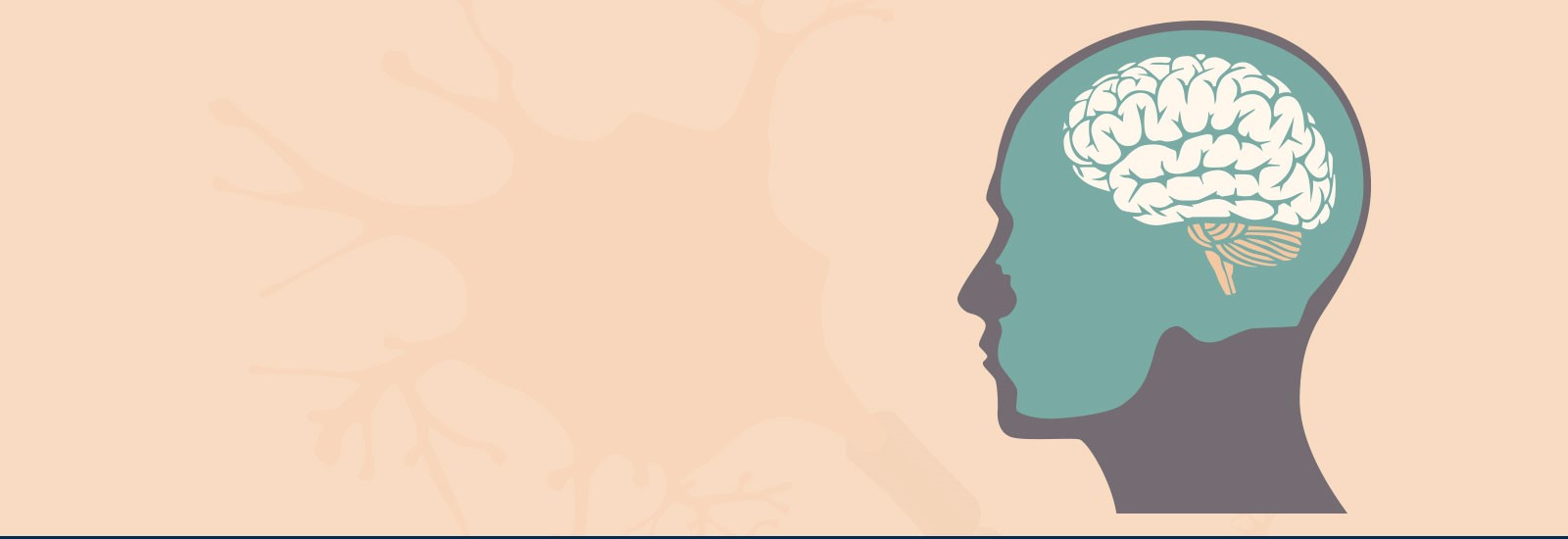WHY?
Evidence for the efficacy of spinal cord stimulation (SCS) and dorsal root ganglion stimulation (DRG) is accumulating thanks to an increasing number of published data from randomized controlled trials.
Much less is known about the application of SCS in everyday clinical practice outside a controlled study setting: Who gets implanted and on what indications? What is the choice of implant? How do the treatments perform?
WHAT?
Patients selected for SCS treatment suffer from complex and chronic pain conditions that are usually thoroughly characterized, often through a combination of clinical observational data and questionnaires.
The description of surgical procedures includes specifications of the implanted equipment, possible procedure-related complications, programming data, etc.
Extensive and multiple follow-up data are routinely generated both for research purposes and to satisfy requirements for reimbursement legislative regulations.
HOW?
The Neurizon Neuromodulation Database is an internet-based, generic, module-oriented, publicly available database.
The numerous modules cover detailed patient characteristics and core treatment parameters, including procedure-related details and complications.
It also features recording of key success parameters for follow-up of the treatment such as pain intensity, work status, and quality of life.
NEURIZON NEUROMODULATION DATABASE
Based on tailored straight-forward input forms, the Neurizon Neuromodulation Database is quick and easy to use, and it covers all relevant parameters for full patient management and for continuous monitoring and research.
It is web-based, programmed using industry standards to ensure scalability and performance, and hosted on a commercial server with full traffic encryption.

